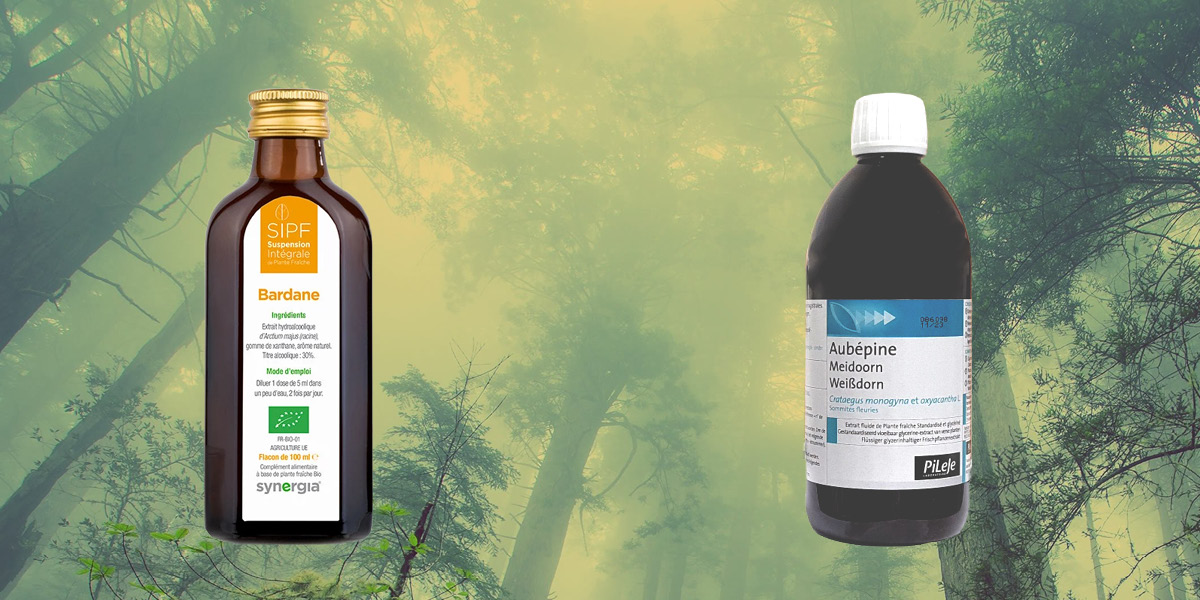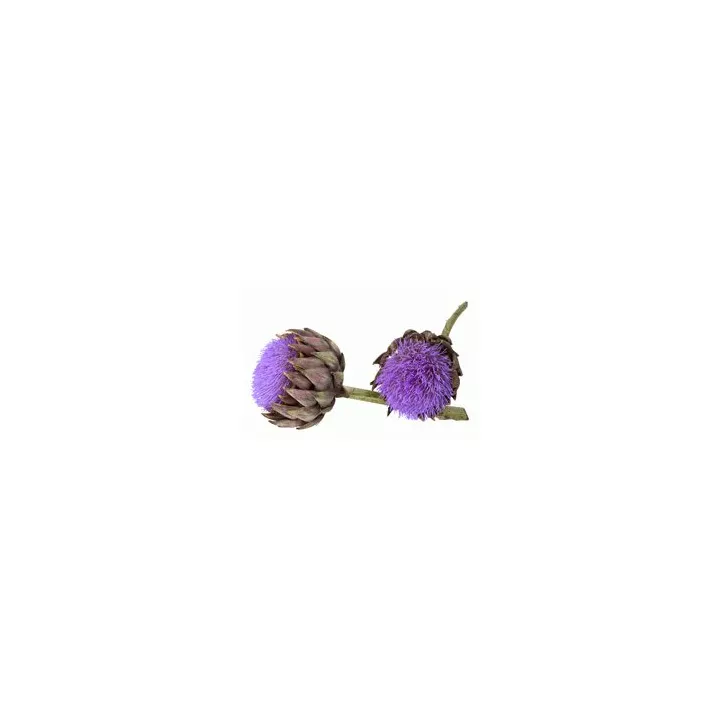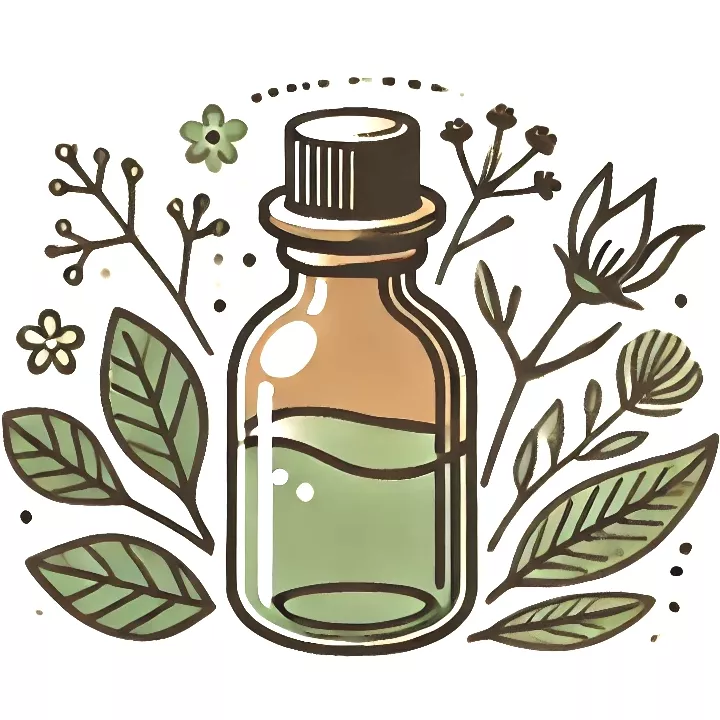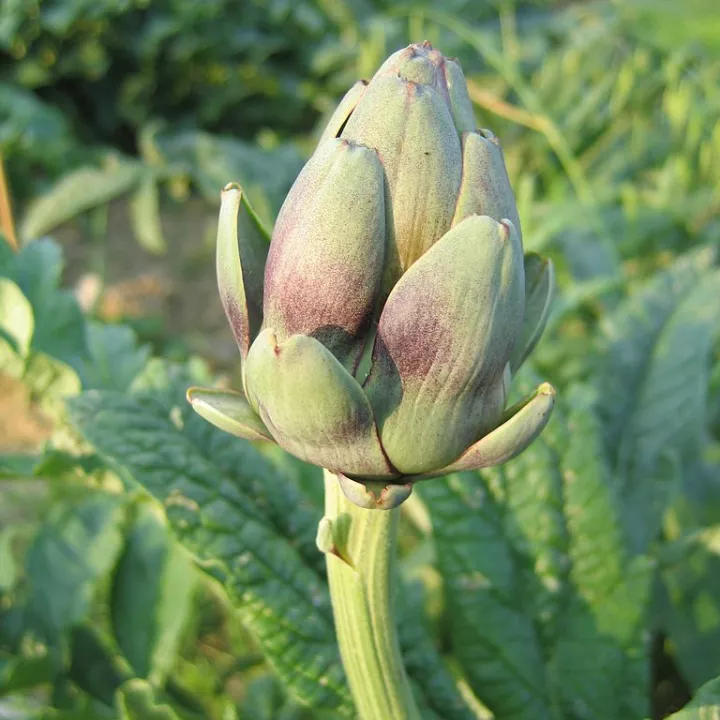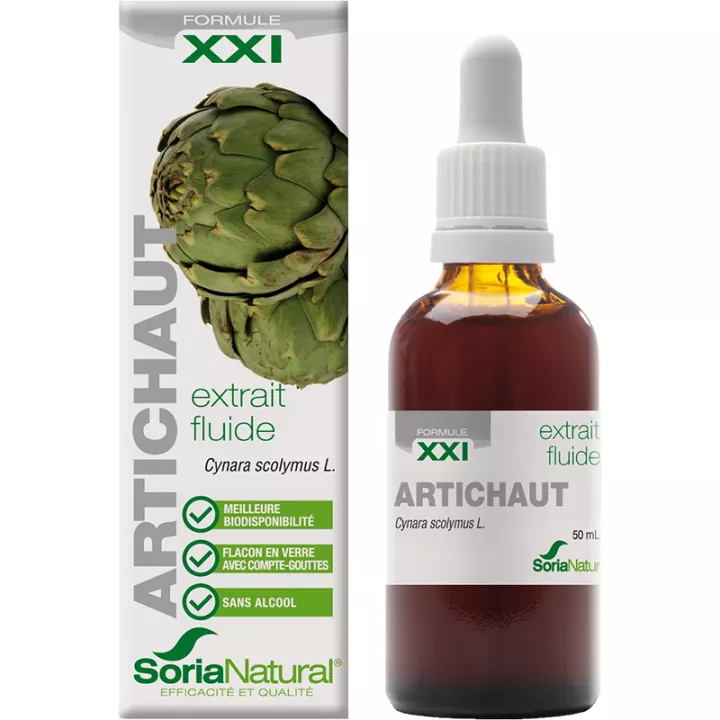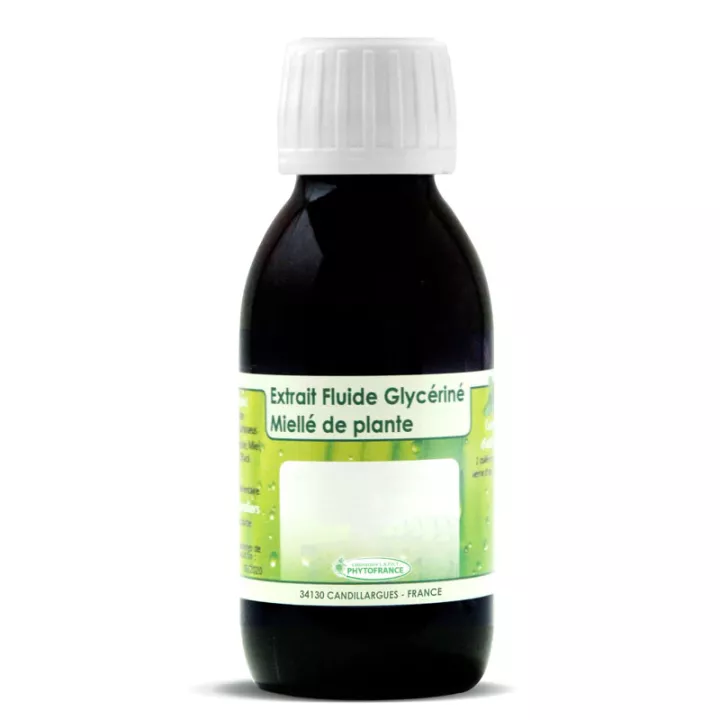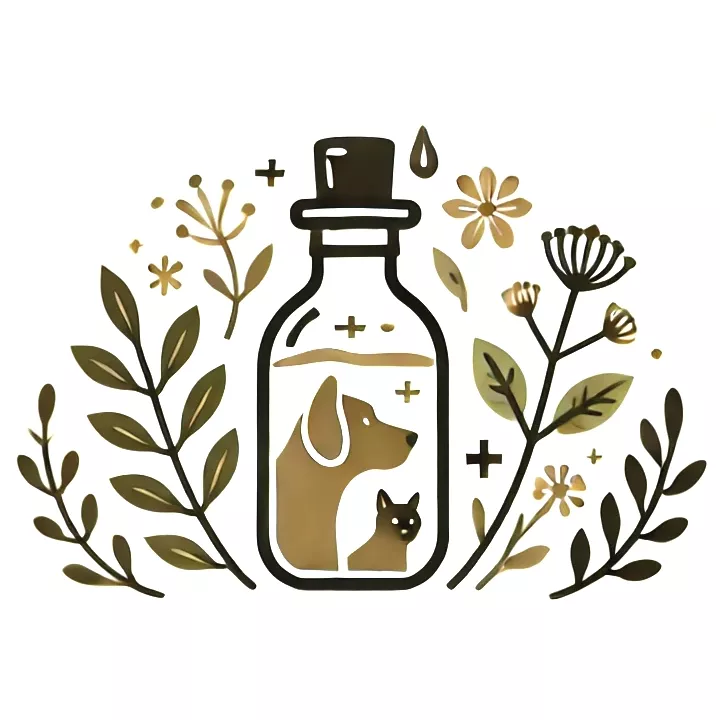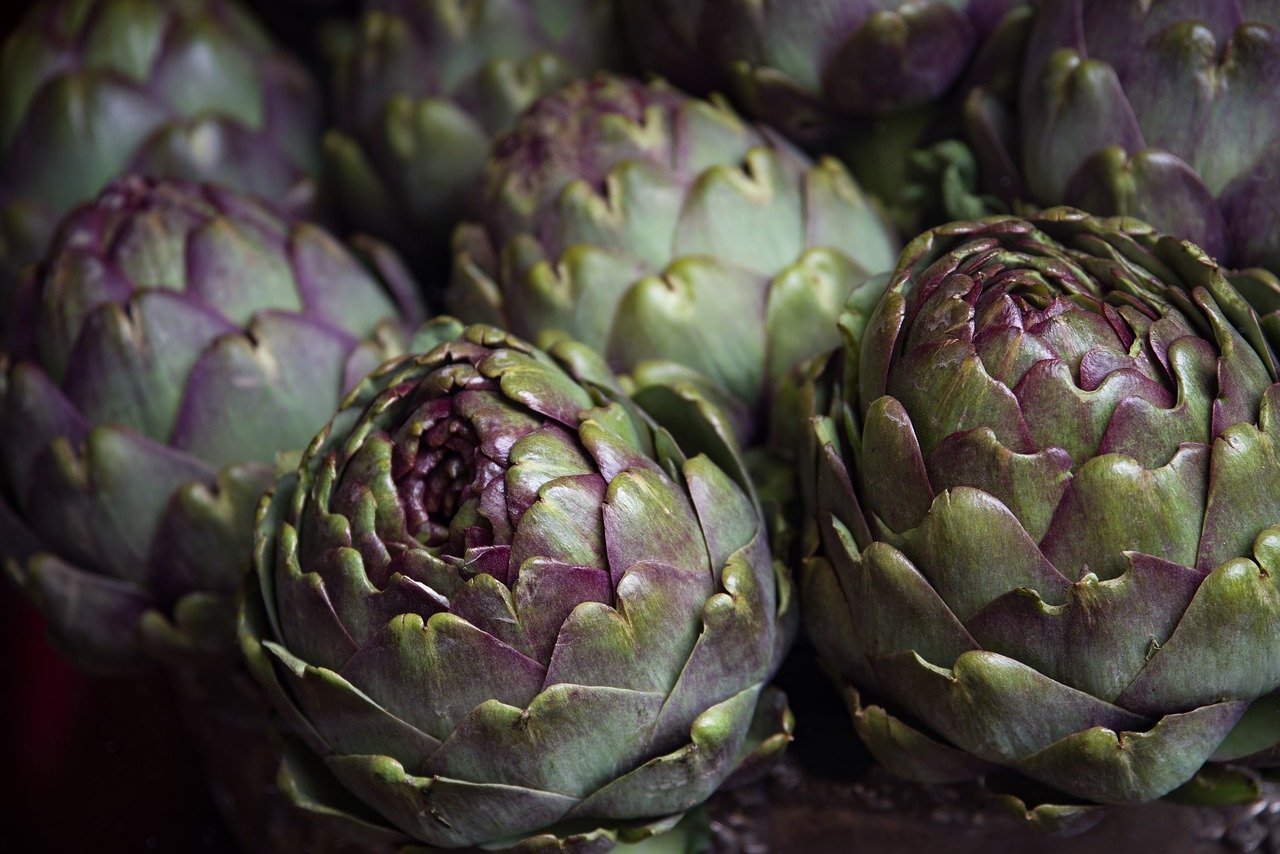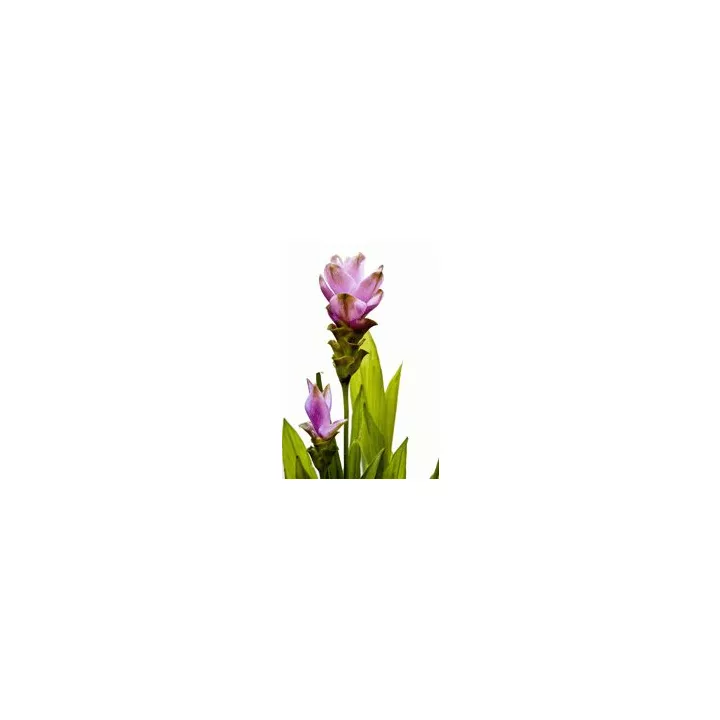What is Pileje Artichoke EPS used for?
Pileje Artichoke EPS is a dietary supplement recognized for its many hepatobiliary health benefits. Thanks to its choleretic and hepatoprotective properties, this liquid extract of artichoke leaves promotes healthy liver and gallbladder function. By stimulating the production and elimination of bile, it helps regulate choleresis, which is particularly beneficial for those suffering from digestive disorders or dyspepsia. Scientific studies, such as those by Saenz Rodriguez and Adzet, have demonstrated artichoke's effectiveness in protecting liver cells from toxins, making this extract a valuable ally in maintaining a healthy liver.
Among artichoke's active compounds, cynarin stands out for its protective effects on the liver. This polyphenol, present in large quantities in the plant's leaves, promotes liver regeneration by increasing bile secretion. This action not only improves digestion, but also reduces symptoms associated with dyspepsia and irritable bowel syndrome, such as bloating, abdominal pain or constipation. Artichoke's efficacy has been proven in clinical trials, notably in a multicenter study of patients with functional dyspepsia.
Artichoke is also recognized for its antioxidant properties. Indeed, the ethanolic extract of artichoke leaf shows powerful antioxidant activity, capable of inhibiting reactive forms of oxygen (RRO). This inhibition helps protect cells against oxidative stress, often caused by inflammatory mediators and oxidized LDL cholesterol. This process is essential for preventing cell damage, making Artichoke EPS an interesting supplement for those seeking to protect their bodies from the effects of aging and degenerative diseases.
In addition to its benefits for the liver, artichoke also has a positive impact on intestinal health. The inulin present in artichoke leaves plays a bifidogenic role, stimulating the development of beneficial bifidobacteria in the intestinal microbiota. Not only does this promote better intestinal transit, it also boosts the immune system and optimizes the absorption of essential nutrients. Artichoke is also often used to relieve constipation linked to biliary laziness, by facilitating transit and stimulating peristaltic contractions.
Finally, Pileje Artichoke EPS also helps regulate cholesterol levels. Thanks to its inhibitory action on hepatic cholesterol synthesis, notably via luteolin and cynaroside, this extract helps reduce LDL cholesterol and prevent its oxidation. Clinical studies have demonstrated that regular consumption of artichoke extracts can significantly lower blood cholesterol levels, offering additional protection against cardiovascular disease.
In short, Pileje Artichoke EPS is a versatile dietary supplement that supports hepatobiliary, intestinal and cardiovascular health. Its multiple benefits make it a wise choice for those wishing to optimize their general well-being. To take full advantage of its effects, we recommend a regular course of treatment as part of a healthy, balanced lifestyle.
We suggest you prepare your own EPS fluid blend in the pharmacy, according to the formulas recommended by your Naturopath.
How do I use this product?
Pileje Artichoke EPS is easy to use and suitable for everyday use. It is recommended to take 5 ml of EPS Artichoke, 1 to 2 times a day, using the measuring cup provided in the case. For optimum effectiveness, take this dietary supplement between meals, preferably in the morning on an empty stomach, or before dinner. Dilute the dose in a large glass of water or fruit juice for better assimilation. Supplementation lasts between 9 and 18 days, depending on specific needs. The treatment can be repeated several times a year, particularly during seasonal changes or periods of liver fatigue.
The usual dosage is 1 teaspoon a day, to be taken as a 1-month course of treatment.
Preparation of fluid extracts of fresh plants standardized in glycerine solution, traditionally used for these signs:
- Liver detoxification, taking xenobiotics (pills, statins, antidepressants, NSAIDs): EPS Artichoke + EPS Black Radish aa 1 tsp in the morning for 1 month, to be repeated as clinically indicated.
- Mild constipation of hepato-biliary origin: EPS Artichoke + EPS Dandelion
- Biliary dyskinesia, dyspepsia, transit disorders alternating constipation, diarrhea, flatulence, meteorism: Artichoke EPS + Melissa EPS
- Dyspepsia due to food overload and hepato-biliary insufficiency with orexigenic effect: Artichoke EPS + Gentian EPS
- Hepato-renal elimination, particularly during weight-loss diets: EPS Artichoke + EPS Pilosella: 2 tsp / day in 1 liter of water, to be drunk throughout the day.
- Hypercholesterolemia: EPS Artichoke + EPS Black Radish: 1 to 2 tsp / day for 3 to 6 months, to be repeated as clinically indicated.
- Premenstrual syndrome with mastodynia & hypertrophy (mammary, uterine): EPS Gattilier Pileje 2/3 + EPS Artichoke 1/3
Give your opinion on the advice for use and dosage of EPS Artichaut Pileje with our partner Verified opinions after your purchase.
Precautions for use :
This dietary supplement is not a substitute for a varied, balanced diet and a healthy lifestyle. Excessive consumption may have laxative effects. Best used before the end of the shelf life and batch number indicated on the underside of the box. Do not exceed indicated daily dose. Store at room temperature. Keep out of reach of children.
Under no circumstances should the information or advice given be construed as a diagnosis, which must be examined by a physician. Nor does it replace a consultation with a physician. Under no circumstances should it replace medical treatment.
What is its composition?
Pileje Artichoke EPS is formulated from carefully selected ingredients to guarantee a constant content of active ingredients. Its composition is as follows
Artichoke (Cynara Scolymus) Leaf Extract, Glycerin of Plant Origin.
Available at
Single or blended in tinted bottles of 60, 90, 150, 300 or 500 ml.
